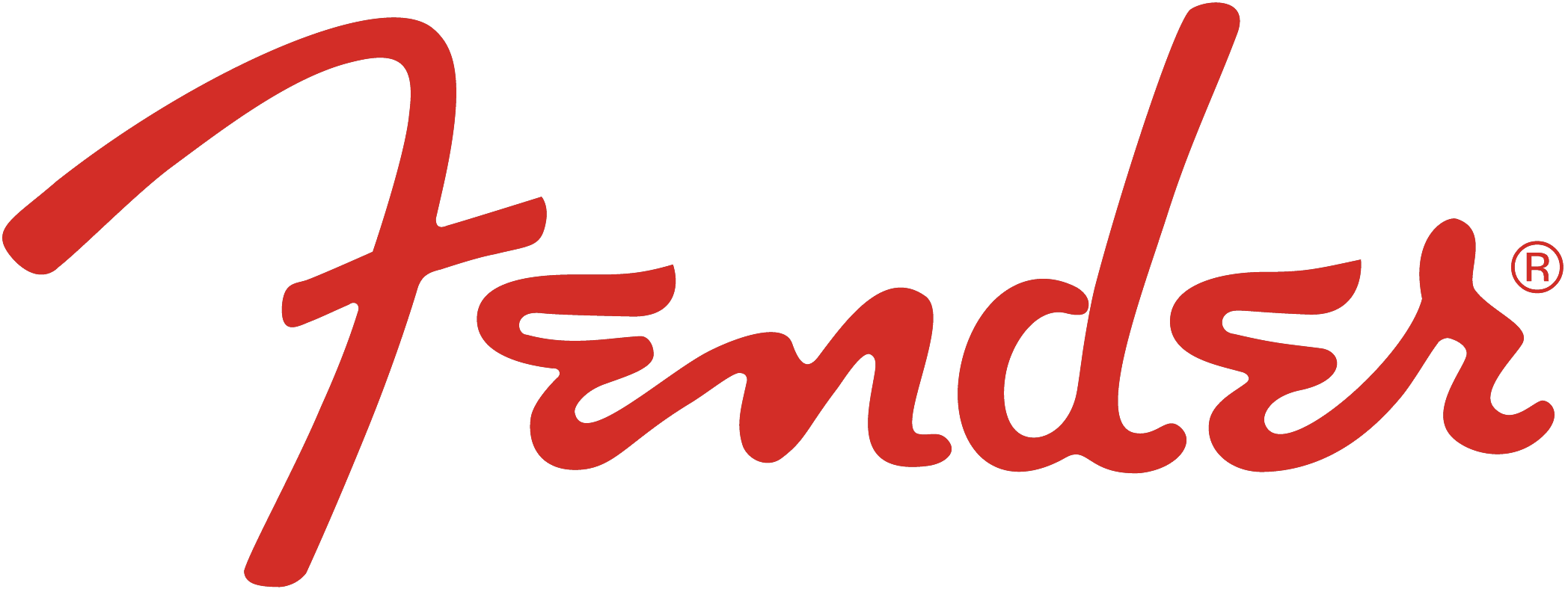What is a V, C or U shape neck?
The letters V, C, and U are used today by Fender as analogies to describe the "neck profile" or shape and contour of the back of our instrument necks. Necks described by these letters will correspond roughly (although not quite as exaggerated), to the visual appearance of these letters.
The V shaped necks come in two different versions, a "soft" V and a "hard" V. The "soft" V shape is a bit rounded off, whereas the "hard" V is somewhat more pointed.
There are a couple of other neck shape descriptions which do not have directly corresponding letters. These are the "oval" and the modern "flat oval". Many people, however, simply use the letter "C" when referring generally to these "oval" shapes.
The "U" shape is chunky and rounded, with high shoulders, as seen in the exaggerated letter U.
There is no doubt that it is easier to understand the application of these terms to the necks when you put your hands on them and get the feel, however, the use of these letters is pretty accurate in describing the shape of the back of Fender necks.
There is often confusion between the use of the letters V, C, and U used to describe neck shapes, and the use of the letters A, B, C and D in describing Fender neck widths. During the period of time from the early '60's to the early '70's, Fender used the letters A, B, C, and D to refer specifically to the width of our guitar and bass necks at the nut. These letters were stamped on the butt end of the necks, and had no reference to the shape or contour of the neck. An "A" width was 1 1/2" at the nut, "B" was 1 5/8", "C" was 1 3/4" and "D" was 1 7/8".



